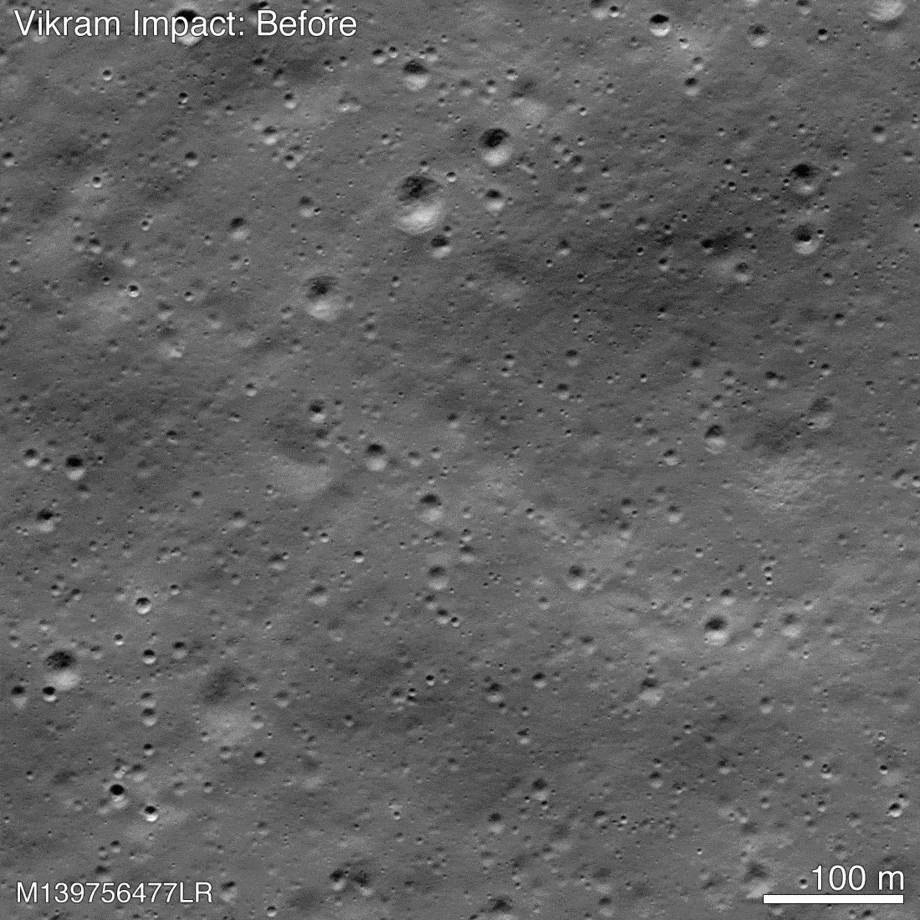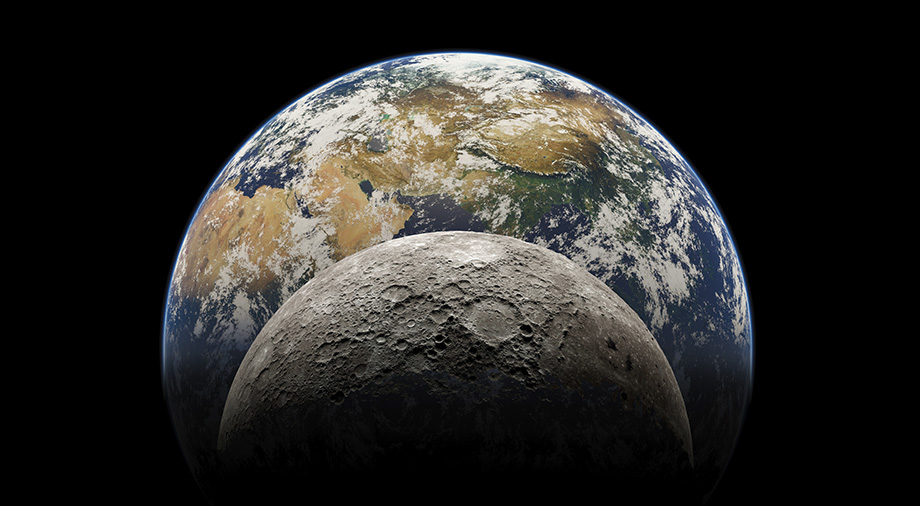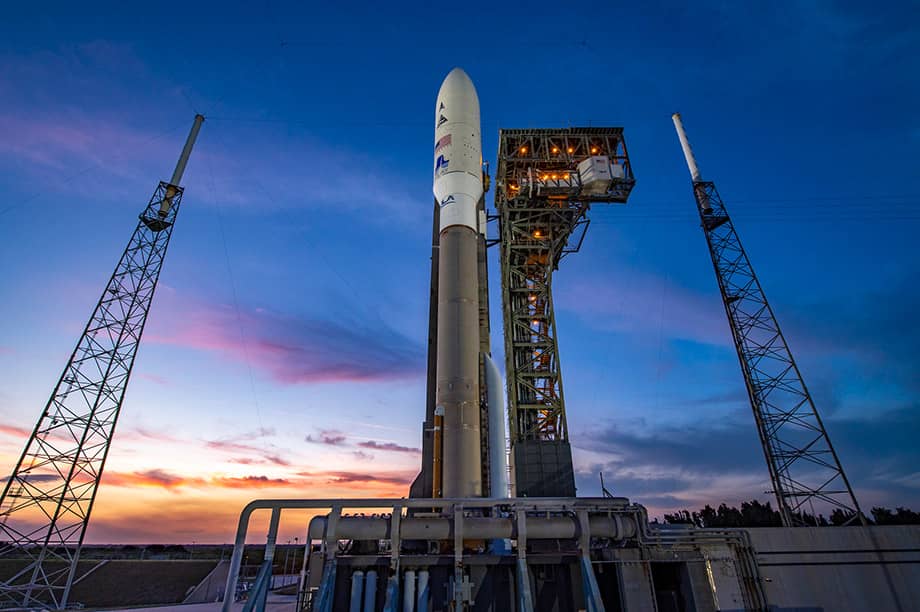Solving the problems of space exploration, which once demanded the work of humanity’s best engineering minds, has been and remains one of the most difficult. This is why the space industry is the most science-intensive, advanced, and prestigious field of engineering. But the conquest of space did not always go according to plan, and it involved a great deal of learning from mistakes.. We have prepared for you a series of materials about the biggest and most difficult failures in the history of space exploration.
July 4, 2022 turned out to be a not so happy holiday for many people at NASA and in the American space sector. It was on that day that contact was lost with the CAPSTONE probe heading for the Moon, which was meant to be the first stone in the foundation of the future Gateway orbital station.
Fortunately, after some time, NASA’s engineers managed to restore communication with CAPSTONE, and the device continued to carry out its mission. However, over the six decades of the space age, many spacecraft have crashed on their way to the moon. In this material, we will consider the most resonant of these failures.
The failed first launch beyond orbit
On October 11, 1958, the Thor-Able rocket was launched from Cape Canaveral. In its cargo compartment was a small spacecraft weighing only 34 kg, called Pioneer 1. Despite its modest size, it had an extremely important task: to reach the moon and take an image of its far side.
The technology in those days was not particularly reliable. For example, the rocket carrying the previous American lunar orbital device had exploded just 16 seconds after launch. This time, however, everything seemed to be going according to plan. Pioneer 1 successfully separated from its carrier and sped towards the moon. The newspapers were filled with enthusiastic headlines. Regardless of the success of the operation to photograph the far side of the moon, Pioneer 1 had become the first vehicle in history to overcome Earth’s gravity and go into interplanetary space. It seemed that the US was able to catch up in the space race.
However, about a day later, the bitter truth came to light. Due to the premature shutdown of the second stage, Pioneer 1 was unable to gain enough speed to escape the shackles of the earth’s gravity, never reaching the escape velocity of 208 m/s. Instead of a trajectory leading it to the moon, the probe moved in a giant parabola. As a result, Pioneer 1 reached a distance of 113,000 km from Earth, but then sped back towards our planet and burned up in the atmosphere. It is hardly necessary to explain what a huge shock this fiasco was for American scientists and engineers, who had already begun to celebrate their success. The first object launched beyond orbit ended up being the Soviet Luna-1, launched in early 1959.
NASA’s black streak
The word “unsuccessful” is a very generous description of the first American lunar missions. They featured a bit of everything – from rocket explosions to spacecraft failures. There were no successes – except success. The new Ranger program was supposed to turn the tide. The devices of this series were entrusted with the rather ambitious task of obtaining detailed photographs of the Moon and dropping a capsule with a seismometer onto its surface (it’s hard to believe now, but its case was made of wood).
Alas, NASA seriously underestimated the complexity of the task. None of the early series Ranger stations managed to complete their program. As a result, their design was significantly modified, and many Ranger systems were redone and duplicated. In order to achieve this, the landing capsule and the entire scientific load had to be removed, except for the camera. As a result, the Ranger was ultimately turned into a space kamikaze, which was supposed to photograph the Moon until the moment it hit the surface.
The first updated Ranger (Ranger 6) was launched on January 30, 1964. Everything went according to plan, and the device performed the necessary course corrections to direct itself to its target. On the day that Ranger 6 was supposed to crash into the moon, many journalists were invited to the NASA Jet Propulsion Laboratory press room. All of them were looking forward to the first ever detailed images of the surface of our planet’s satellite. However, the broadcast did not take place, because Ranger 6 simply failed to turn on its camera. In the end, the device fell to the moon without taking a single picture.
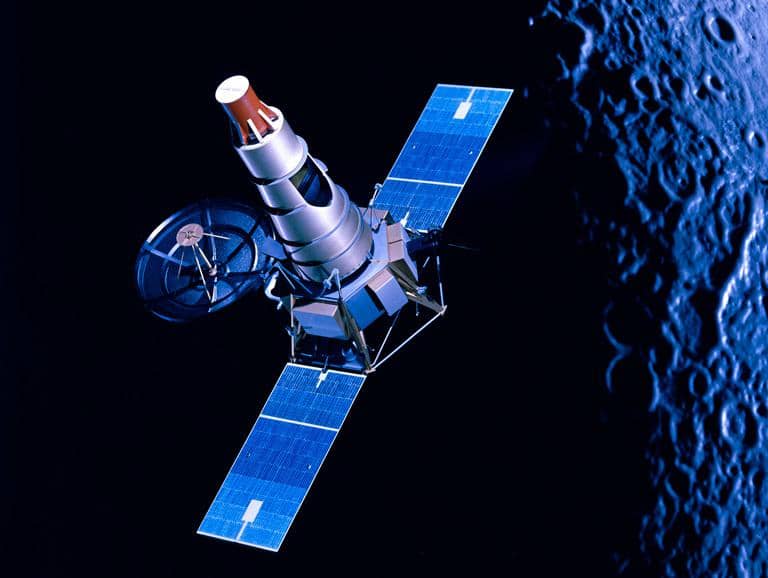
The failure of Ranger 6 is now considered the low point of the US lunar exploration program. Of the 12 vehicles launched by the United States to the satellite of our planet in the period from 1958 to 1964, only one managed to even partially fulfill its mission. The prolonged black streak led even the most non-superstitious NASA employees to start talking about how the entire program was cursed. But, ironically, it was the 13th American lunar mission (Ranger 7) that managed to break this “curse” by setting America on the course that led to astronauts landing on the moon a few years later.
Sergei Korolev’s last station
Between 1963 and 1965, the Soviet Union made a total of 11 soft landing attempts on the moon. And while their first devices failed while still far from the moon, by the middle of the decade, there was a clear progress. Its culmination was the Luna-8 mission, which came close to achieving its goal.
On the night of December 6-7, 1965, Luna-8 attempted to land in the western part of the Ocean of Storms. However, the probe was destroyed by a manufacturing defect. It began spinning uncontrollably due to a premature rupture of the shock-absorbing shell (it was intended to soften the impact during lunar landing). The braking engine failed to rectify the situation, and Luna-8 crashed.
Of course, the mission team understood that they were very close to achieving a soft landing on the Moon, and would likely be successful within one or two launches. In fact, they accomplished their mission with the Luna-9 on February 3, 1966. However, the father of the Soviet space program was not there to see this success. The chief designer, Serhiy Korolyov, died after an unsuccessful surgery on January 14, 1966, without ever getting to see the lunar surface.
The Lost Battle for the Moon
By 1968, it was already clear to the leadership of the Soviet space program that the USSR could not overtake the United States and be the first to land a man on the moon. However, it still had the opportunity to take a consolation prize in the form of the first manned lunar flyby. This task was assigned to the combination of the new UR-500 (Proton) rocket and the 7K-L1 spacecraft.
If the early Proton had turned out to be a reliable rocket, the USSR would very likely have been able to achieve its mission. Soviet (and subsequently Russian) propaganda would have choked with delight, presenting this event as the greatest achievement in the history of mankind.
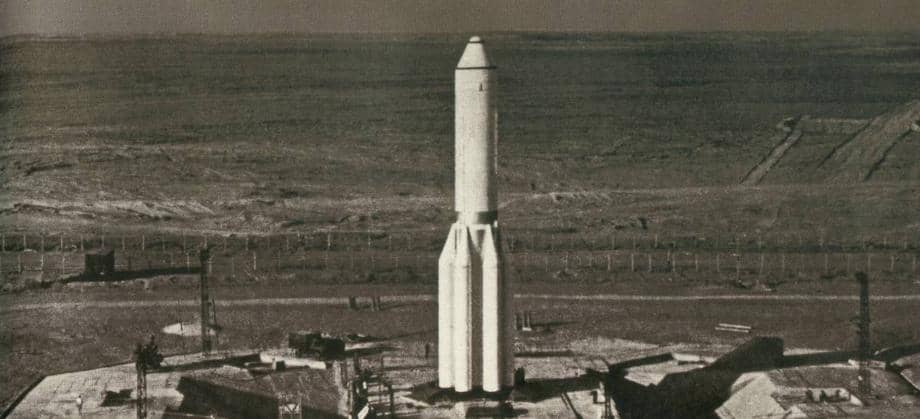
But the early Proton rocket was not at all reliable. The first seven unmanned tests of the 7K-L1 (designated “Zond” for secrecy) ended in accidents. Only in September 1968 were the designers able to celebrate a long-awaited success. The Zond-5 spacecraft successfully circled the Moon and returned to Earth along with “passengers:” a pair of turtles and a collection of insects.
Everything now depended on the Zond-6. If its flight was successful, Soviet leadership would give the go-ahead for a manned launch with a flyby of the moon. It was scheduled for December 8, 1968 – 13 days before the launch of Apollo 8.
Zond-6 was launched on November 10, 1968 and successfully circled the Moon. However, just a few hours before returning to Earth, the spacecraft depressurized. In addition to this, its parachute launched prematurely during landing, and the descent vehicle crashed.

All this put an end to the plans to put a crew on the next ship. This was probably for the best, because during the next unmanned test, the rocket simply exploded on the launch pad.
The Biggest Explosion in Space History
There are many reasons why the USSR lost the moon race, but the failure of the super-heavy N1 rocket was the biggest nail in the coffin. Firstly, its creation turned out to be a much more difficult task than originally thought. Secondly, the new rocket was very crude, which was proven on February 21, 1969 by a test launch that ended in rather distinguished failure.
The second test of N1, during which it was supposed to send an unmanned 7K-L1 spacecraft with a prototype of the lunar module to the Moon, took place on July 3, 1969. It ended disastrously. The 2700-ton rocket rose only 200 m, after which it fell back and crashed onto the launch pad. The resulting explosion was not only the largest in the history of world cosmonautics, but also, in principle, one of the most powerful non-nuclear explosions in history.
H1 completely destroyed its launch pad and caused serious damage to the adjacent one. It took two years to repair them and prepare a new launch. But, like the previous test, it again failed, which led to the final folding of the Soviet lunar project.
A failed fly in the ointment
After the failure of the manned lunar flyby program, the Soviet Union tried to throw a symbolic fly in the ointment of the United States and have time to deliver a sample of lunar soil to Earth before Apollo 11’s return. This task was assigned to a pair of E-8-5 spacecraft.
The first apparatus never left Earth orbit. The second, which was designated “Luna-15,” was more successful, as the spacecraft managed to enter lunar orbit. On July 21, 1969, as the American astronauts were finishing their historic walk, Luna-15 began to land. In order to avoid the risk of a collision with the Apollo 11 command module, the USSR shared the characteristics of Luna-15’s orbit with NASA. In fact, this was the first case of space cooperation between the two superpowers.
If the operation had been successful, the capsule with the collected samples of lunar soil would have overtaken Apollo 11 by a couple of days. However, this did not happen. Luna 15 crashed on landing, putting an end to the USSR’s attempts to win at least a small victory in the lunar race.
NASA’s brilliant failure
The Apollo 13 mission is often referred to as NASA’s brilliant failure. Indeed, the American aerospace agency managed to perform a real miracle by successfully returning home three astronauts who were in a seemingly hopeless situation. Not surprisingly, these events are considered one of the most outstanding rescue operations in history.
The crew of Apollo – consisting of astronauts James Lovell, John Swigert, and Fred Hayes – was set to land near the Fra Mauro crater to study the lunar regolith. Their launch from Earth was successful, despite a small problem with one of the engines. But on the third day of the flight, an accident occurred, as a short circuit caused one of the three oxygen tanks to explode. As a result, the ship began to lose voltage in its power supply network and deviated from its trajectory. NASA Mission Control canceled the mission to land on the moon and urgently assembled a team to rescue the crew.
Despite the happy ending, it should be noted that Apollo 13 had a very serious impact on the subsequent course of the American lunar program. The accident showed that NASA was walking on a rather dangerous line. After all, the Apollo program was primarily ideological, rather than scientific. And in conditions when its main goal had already been achieved, the loss of the crew of the lunar expedition could negate the entire political effect.
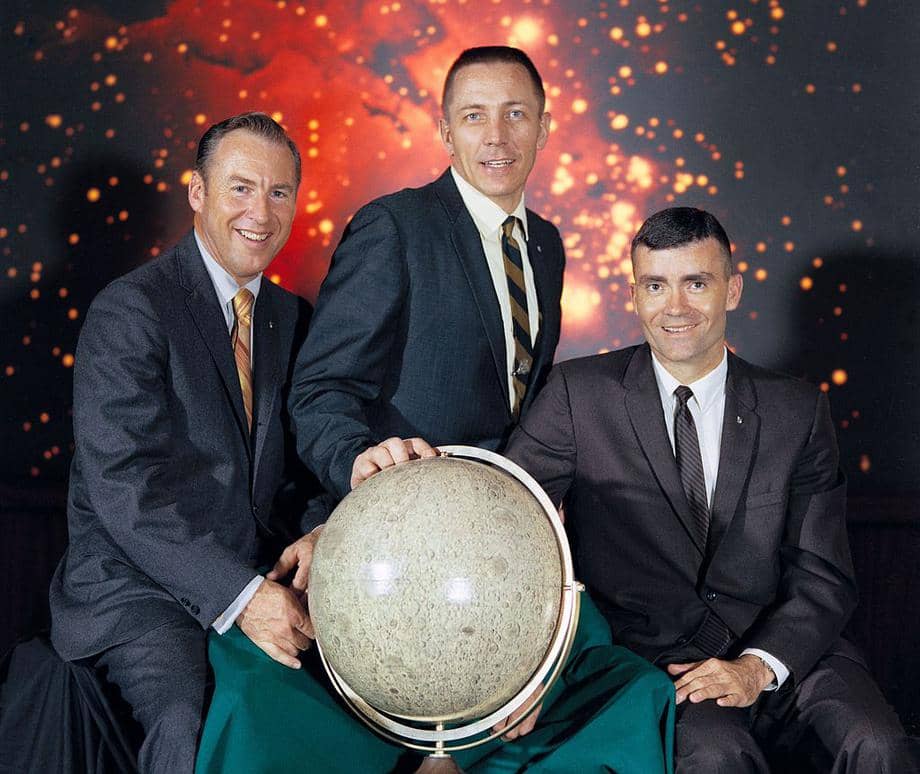
This led to talk about the need to curtail the lunar program as soon as possible in order to avoid such a disastrous outcome. As a result, the accident cost NASA two expeditions (Apollo 18 and Apollo 19), which did not receive funding and were cut from the flight schedule.
The hard landing of the first private “lunar”
February 22, 2019 went down in the history of astronautics as the day of the launch of the first private lunar vehicle. This honor fell to the Beresheet probe, created by the Israeli non-profit organization SpaceIL. The device was supposed to make a soft landing in the area of the Sea of Serenity.
Initially, everything went well. The device successfully completed the necessary course corrections and moved into orbit around the moon. On April 11, 2019, Beresheet began landing. Unfortunately, with only 22 km left to the surface, one of the probe’s inertial measurement units (IMUs) suddenly stopped working.
In theory, the situation was not critical, since Beresheet had redundant measuring systems. But due to bugs in the software, an attempt to start the sensor caused a chain reaction of failures which eventually led to the shutdown of the landing engine. By the time it was activated again, Beresheet had no time to slow down – the device crashed on the lunar surface. Later, the American LRO probe photographed the resulting crater.
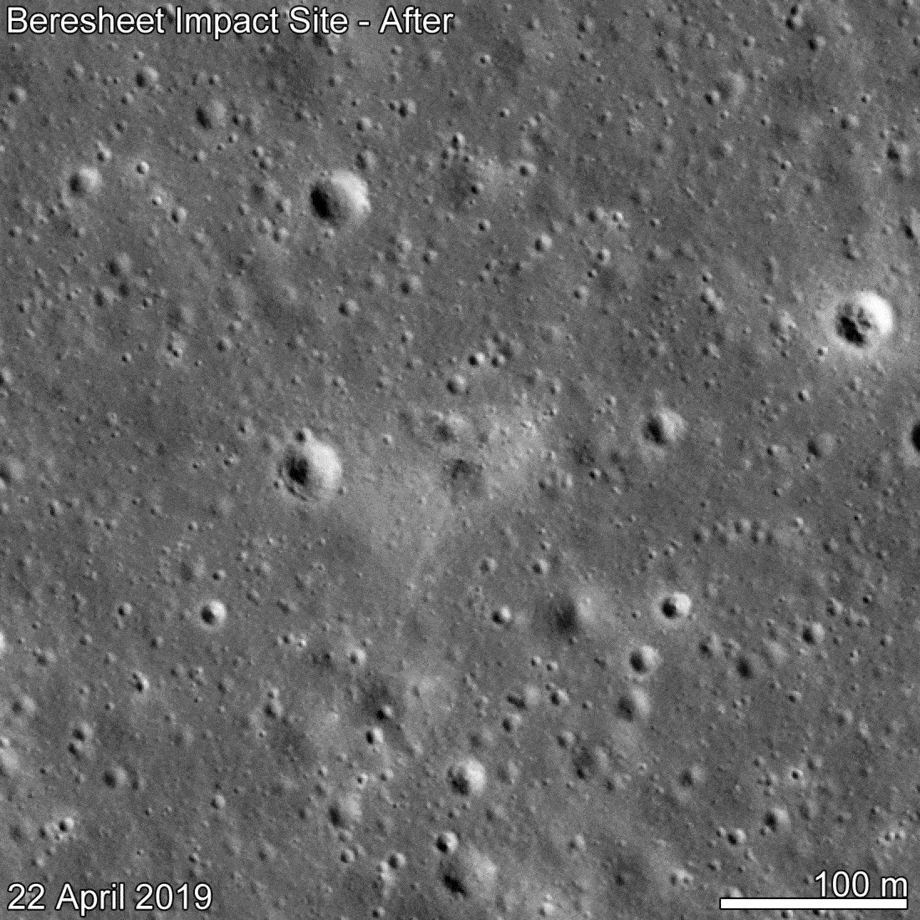
Interestingly, Beresheet was carrying “passengers:” thousands of dehydrated tardigrades (microscopic invertebrates 0.1-1.5 mm in size). They were placed in a special container wrapped with several layers of insulating film and attached to the capsule body. Since tardigrades are one of the hardiest life forms on Earth and are capable of remaining in suspended animation for many years under adverse conditions, it is possible that some part of them survived the impact. Perhaps someday in the future, someone will visit the Beresheet crash site to find the tardigrades and see if they can be revived again in favorable conditions.
The failure of the first Indian lunar rover
The Beresheet probe wasn’t the only failed lunar mission of 2019. The Vikram landing platform, which carried India’s first lunar rover, Pragyan, also fell victim to misfortune.
The Vikram traveled to the Moon as part of the Chandrayaan 2 mission. After entering lunar orbit, the platform separated from its spacecraft and began its descent. As in the case of Beresheet, everything initially went according to plan. Trouble arose when only a few kilometers remained to go before the surface.
The Vikram platform was also let down by its braking engine. A malfunction made the spacecraft unable to reduce its speed to a safe level, and it crashed into the lunar surface, depriving India of the opportunity to become the fourth country in history to achieve a soft landing on the moon.
